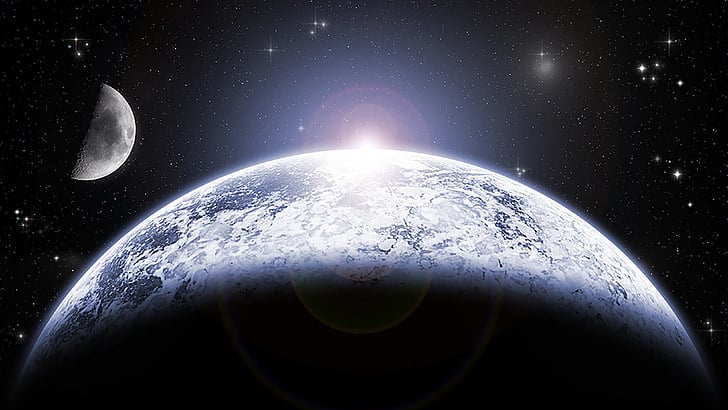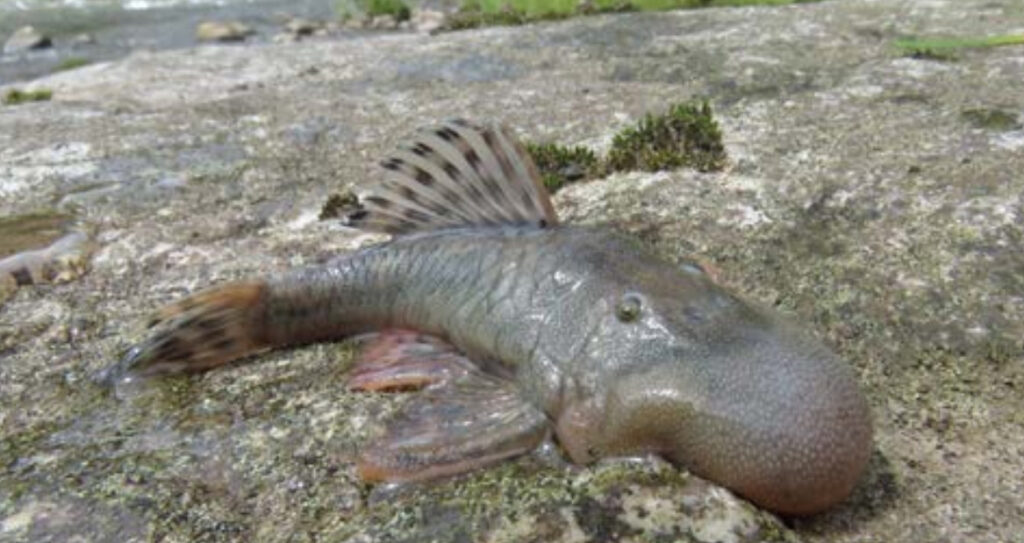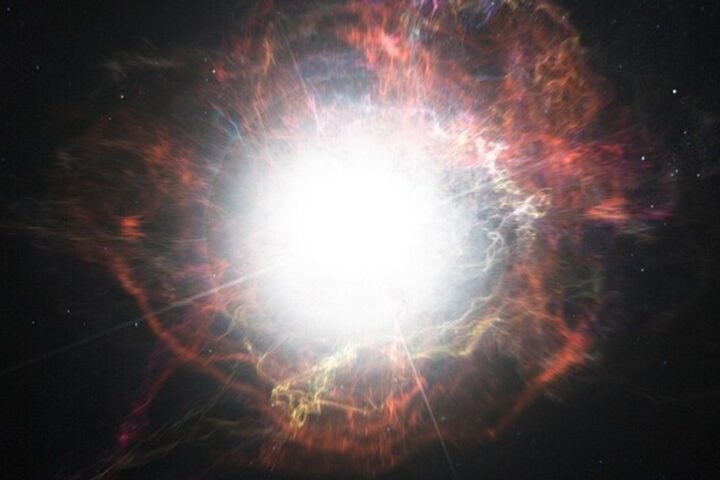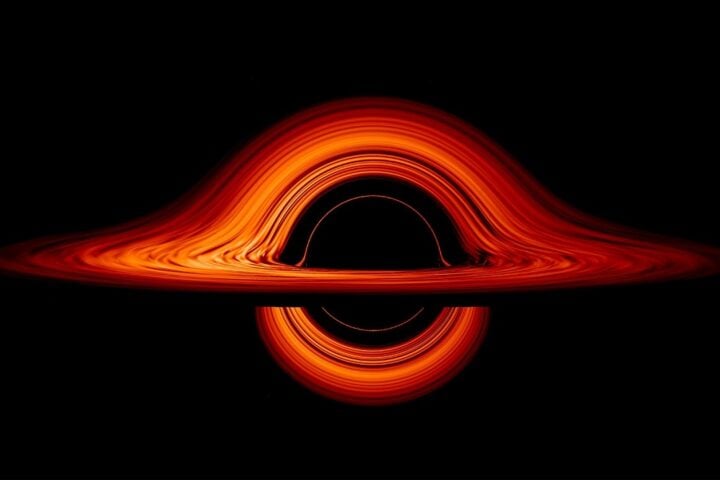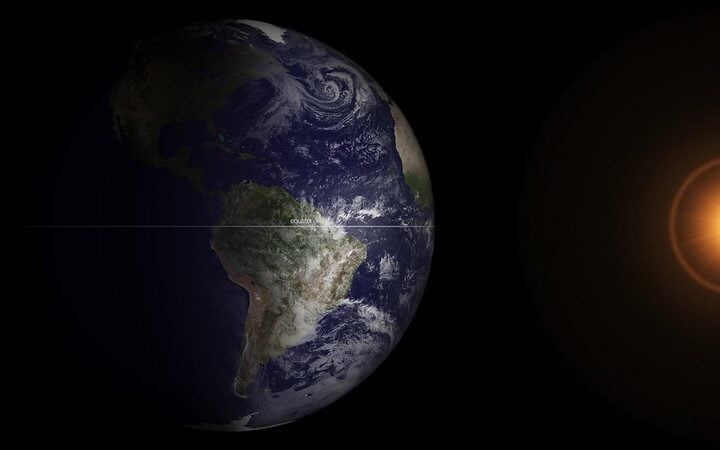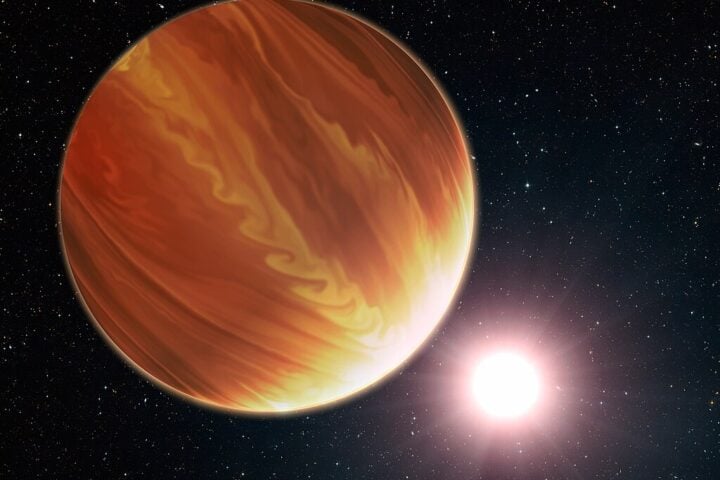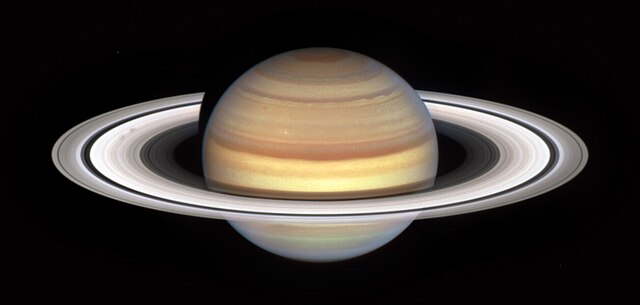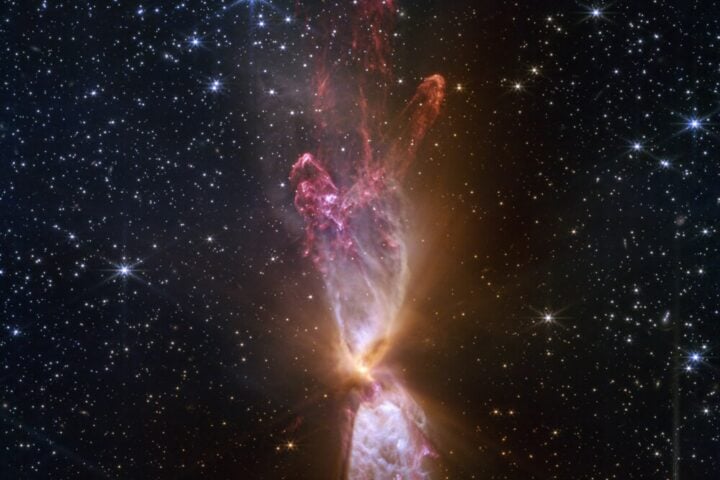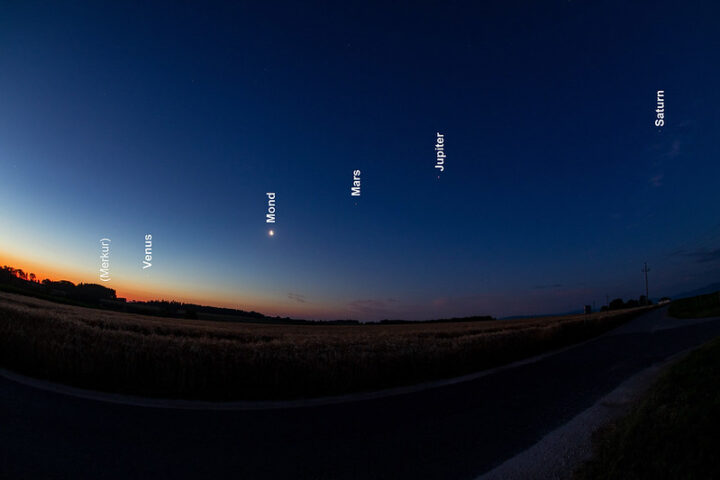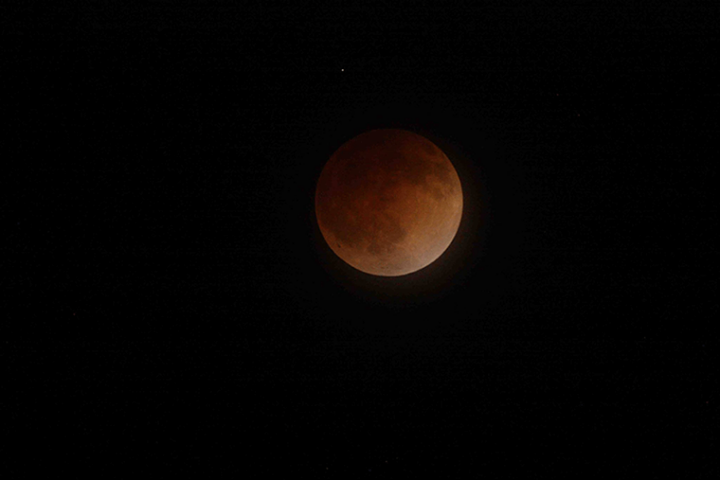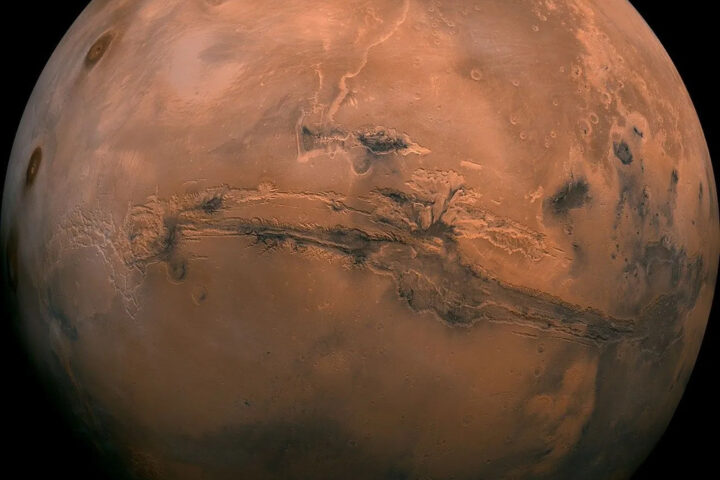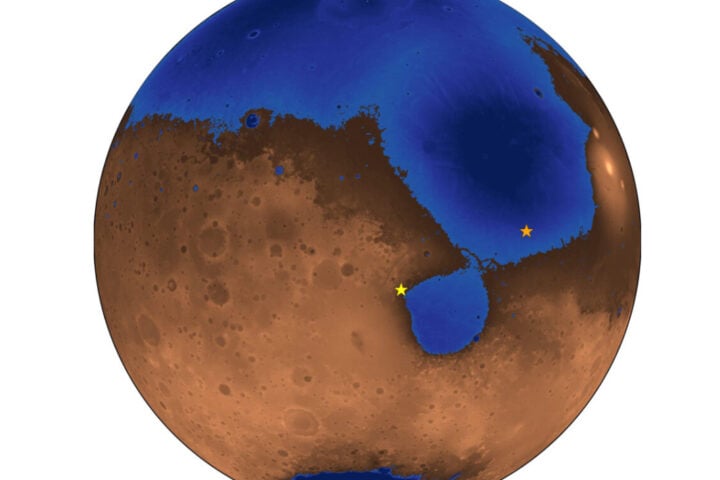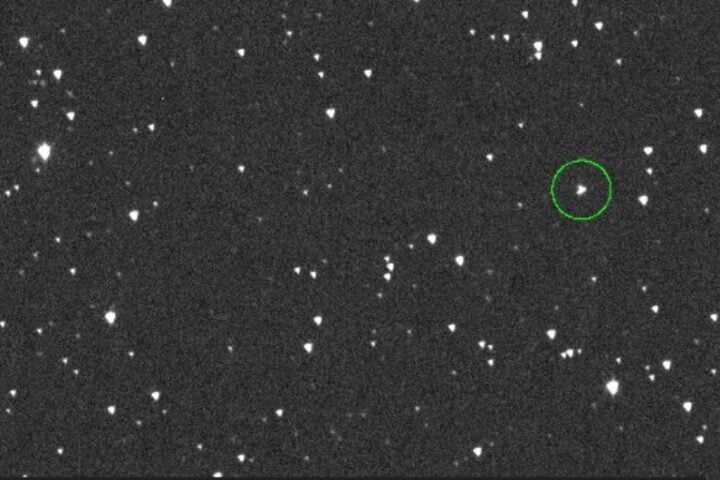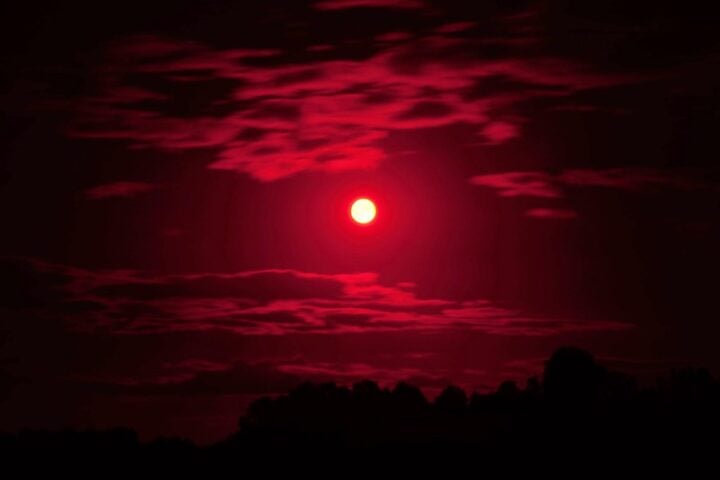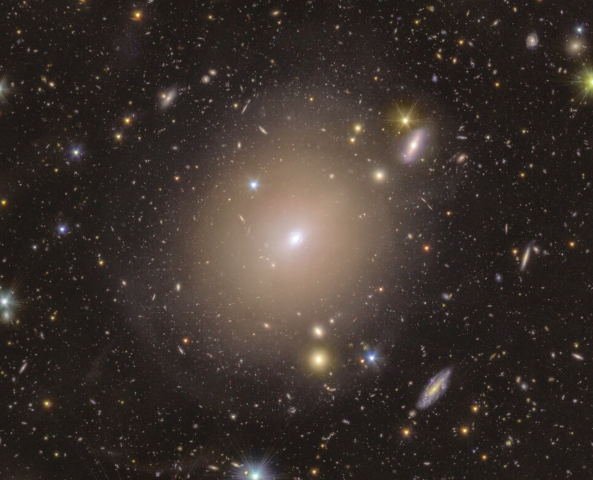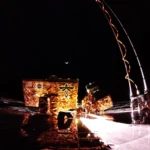Chinese scientists have discovered evidence that could rewrite lunar history through analysis of samples from the Moon’s far side. The research, published in Nature on Friday, reveals an unexpected resurgence in the Moon’s magnetic field strength around 2.8 billion years ago.
The basalt samples showed magnetic field strengths between 5 and 21 microteslas (µT), according to measurements led by Professor Zhu Rixiang and Associate Professor Cai Shuhui at the Chinese Academy of Sciences’ Institute of Geology and Geophysics.
“The magnetic field is a key element in maintaining a planet’s habitable environment. It not only shields cosmic rays but also protects the atmosphere and water,” said Cai Shuhui, explaining the broader implications of their findings.
This discovery contradicts previous theories about the Moon‘s magnetic dynamo – the mechanism generating its magnetic field. Earlier research suggested the dynamo experienced a sharp decline around 3.1 billion years ago before entering a low-energy state. The new data indicates the Moon’s interior remained more active than previously thought during its mid-early history.
The study provides crucial temporal data for understanding lunar evolution between 3.5 and 2.8 billion years ago, previously lacking detailed magnetic field records. The research team proposes that a basal magma ocean, precessional forces, or core crystallization might have powered this magnetic resurgence.
More Stories
While Chinese scientists analyze their lunar samples, NASA continues preparations for the Artemis II mission, scheduled for April 2026. The space agency recently completed critical software testing for the Space Launch System rocket and Orion spacecraft, marking the sixth successful completion out of eight planned ground tests.
The test included a launch countdown simulation starting at T-minus 2 hours and 30 minutes, verifying the functionality of multiple simultaneous inputs and the abort switch system – essential safety features for the planned ten-day lunar flyby mission with four crew members.
Technical Specifications:
- Sample age: 2.8 billion years
- Magnetic field strength range: 5–21 microteslas
- Timeline gap filled: 3.5 to 2.8 billion years ago
